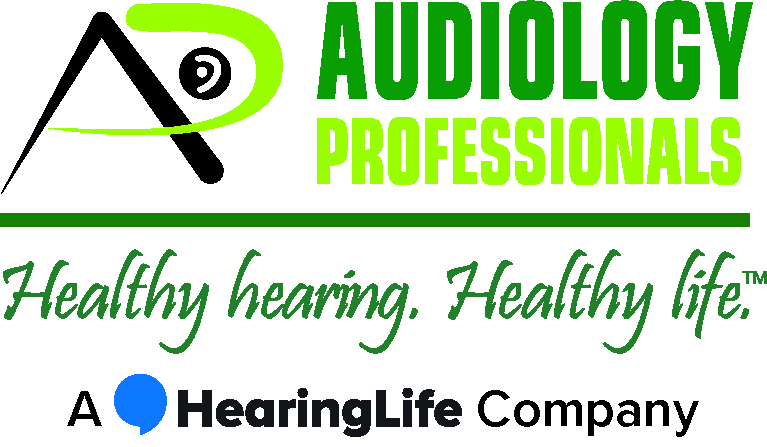How exactly does the ear function?
By definition, hearing is the ability to perceive sound by distinguishing vibrations and changes in the surrounding pressure in the ear. Though most people have a general sense of how the ear works, we want to provide our patients with a simple and easy-to-understand overview of how the ear functions.
To begin, the ear has three main components: the outer ear, the middle ear, and the inner ear. The outer ear consists of the visible portion of the ear, also known as the pinna, the auditory canal, as well as the eardrum. The eardrum is an airtight fold of skin that separates the outer and middle portions of the ear. Because sound travels in waves, it has an amplitude and pitch. When hit with sound waves, the eardrum vibrates in relation to the waves amplitude and this creates a change in pressure; thus allowing for a differentiation in sound.
The middle ear is comprised of a small air-filled cavity directly behind the eardrum. This chamber contains the three smallest bones in the entire body, which are called the ossicles. These help with transmission and amplification of the sound wave from the eardrum to the inner ear.
The inner ear, though complex, only contains two parts, the cochlea (for hearing) and the vestibular system (for balance). The cochlea is a spiral shaped tube that is filled with fluids and can be divided length wise by the basilar membrane. This membrane vibrates when sound waves from the middle ear pass through the fluid contained by the cochlea. These movements cause tiny hair cells to vibrate, and from there, the information is passed on to the brain stem through the auditory nerve. The vestibular system helps us keep our balance gives us our sense of spatial orientation. This system sends its information to muscle groups that control our eye movements and those that help us stay upright.
